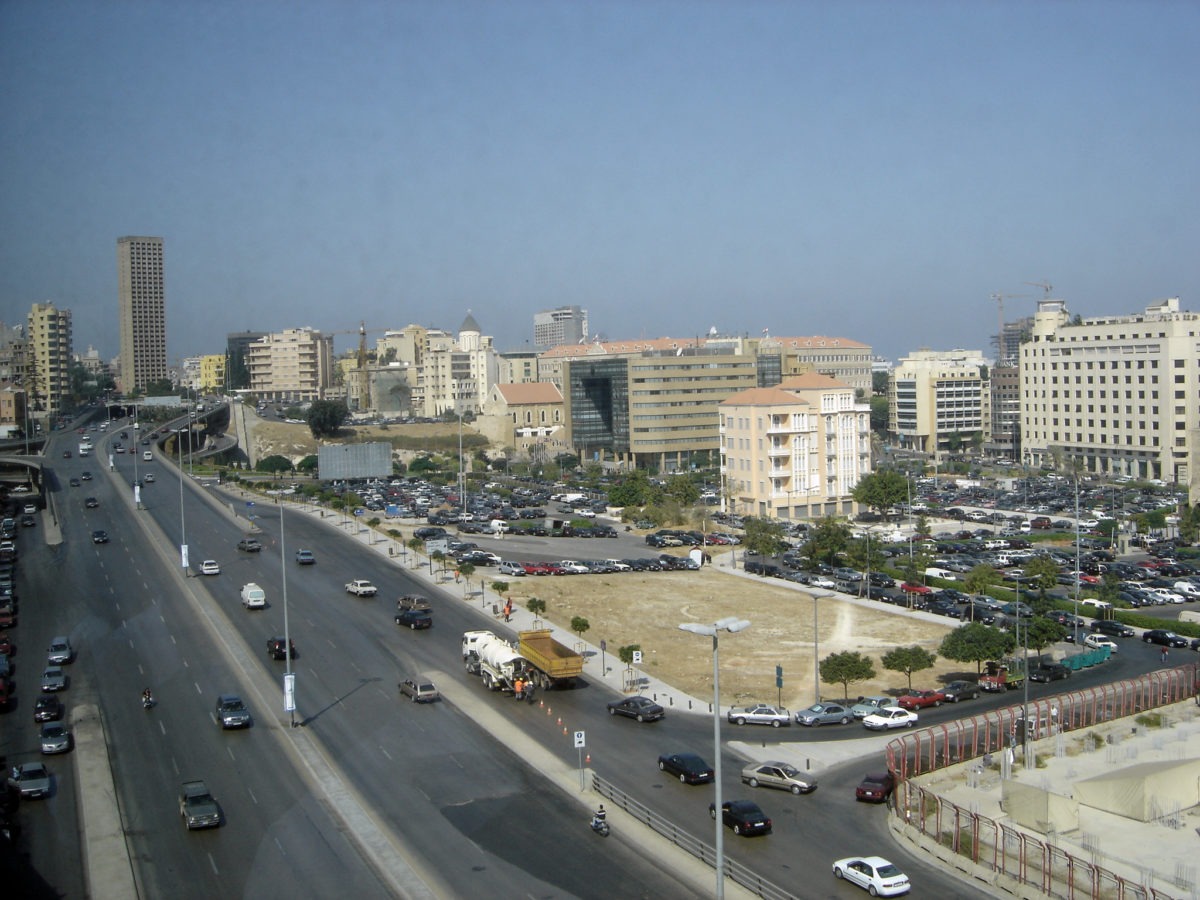This competition was a single-stage project competition following the UNESCO-UIA recommendations on international architectural and urbanism competitions and endorsed by the International Union of Architects (UIA).
This competition was organised for the construction of the House of Arts and Culture (Lebanese- Omani Centre).
Please visit the official website for the competition: http://houseofartsandculture.org/intro.html
Theme and objectives
This competition aimed to create a House of Arts and Culture in the city of Beirut in Lebanon. The realisation of this House of Arts and Culture was timed to boost the already very active creative revival taking place in Beirut since the end of the period of violence that rocked Lebanon between 1975 and 1990.
Freedom of thought, expression and creation; a multicultural place such as Lebanon required a special arts and culture centre. It had to be exceptional in its content, functioning and architecture. Though its presence had to be felt and recognised, it could not overshadow the exhibits and activities contained within and around it.
The House of Arts and Culture would aim to be a space for cultural/artistic production, exchange and interaction between Lebanese people, and especially between young Lebanese citizens. It would be an independent space with the aim of contributing to social communication and cultural expansion and promoting creativity in different fields of art and culture. This also meant the Centre should be a free space of artistic expression with no boundaries.
For more information you can visit the official websites of the organisers:
http://culture.gov.lb/ar/Home
http://gaiaheritage.com/
http://www.khatibalami.com/
Eligibility
The competition was open to licensed architects practising architecture in their own country, as well as to firms and international professional teams headed by a licensed architect entitled to practise or to exercise in his/her country.
